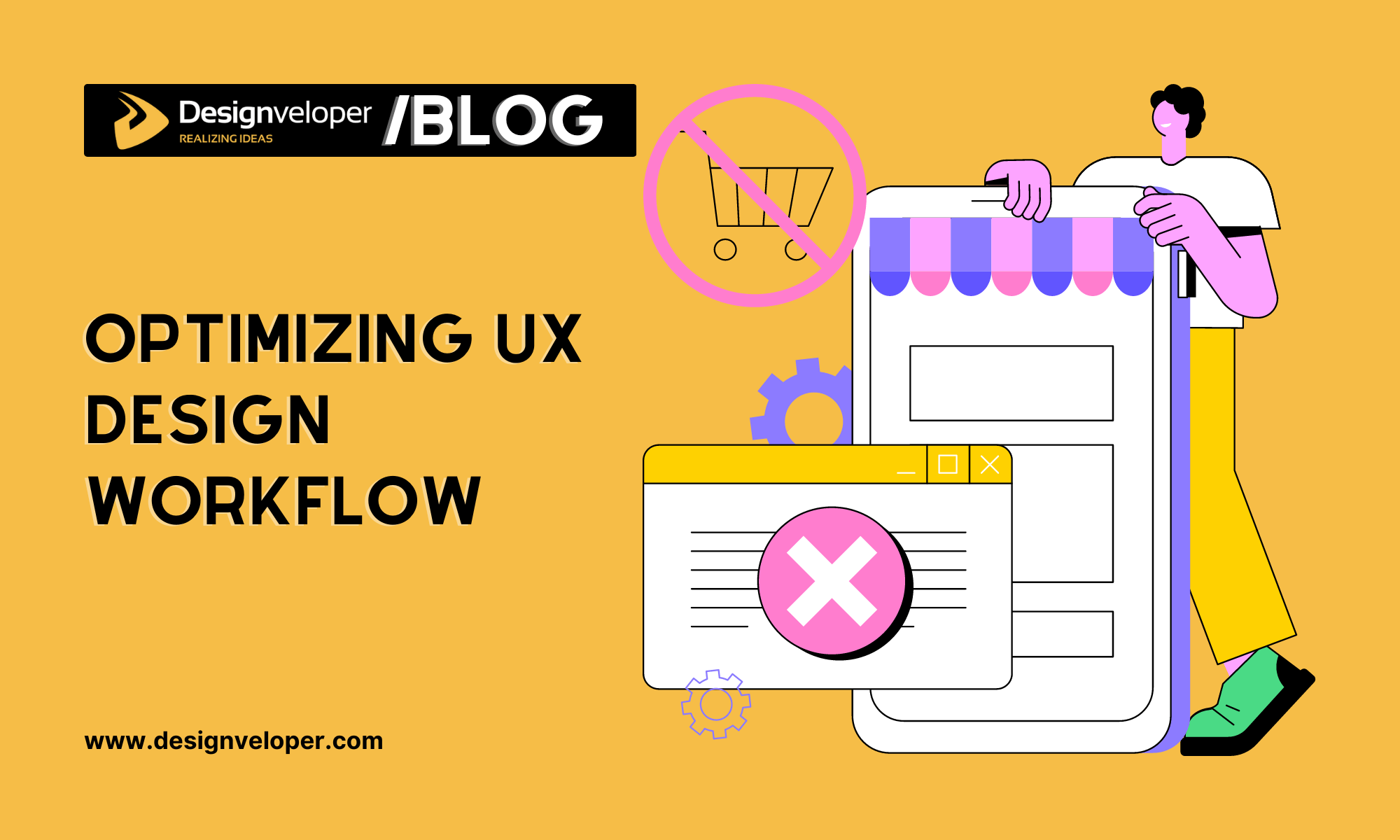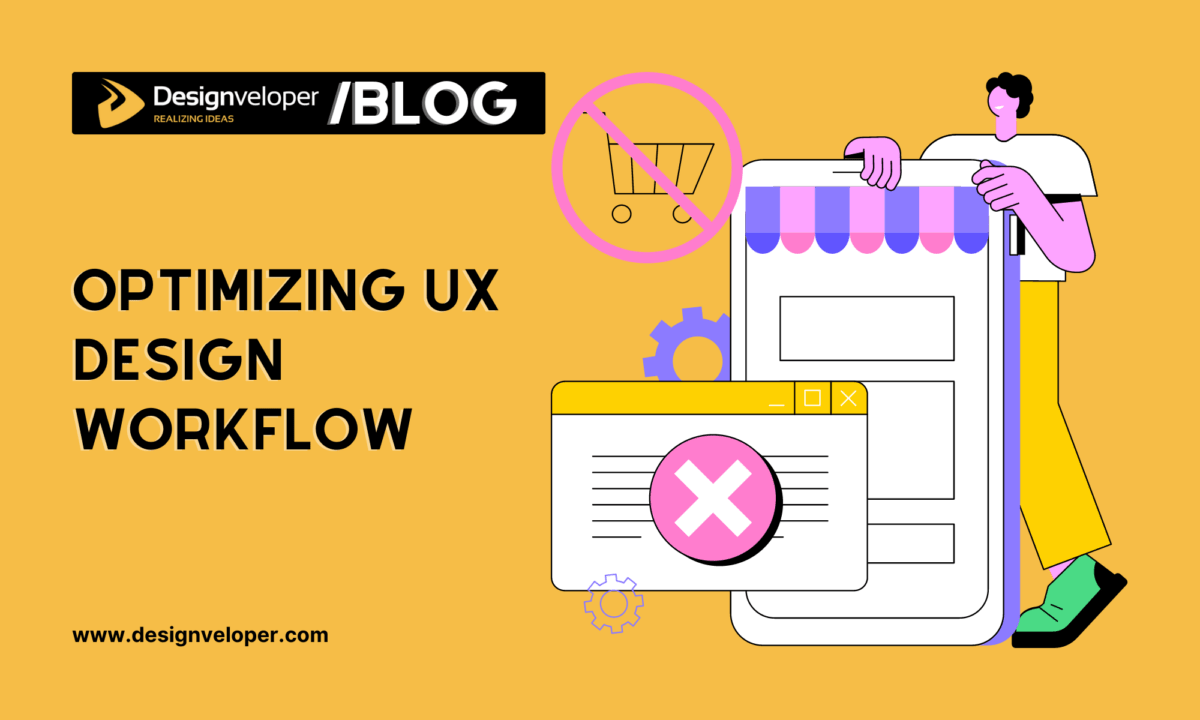Optimizing the UX design workflow is a priority for teams wanting to enhance productivity and increase efficiency. In this context, PDF conversion tools have emerged as game-changing resources. These tools improve document management and accelerate the prototyping process, offering numerous benefits to UX designers.
The main advantage here lies in optimizing the handoff process from design to engineering, making it seamless. You’ll find that integrating these tools into your existing systems enables more effective feedback loops essential for implementing improvements based on real user responses.
By leveraging such powerful software solutions, we stand a better chance of meeting our objectives while delivering top-notch digital products.
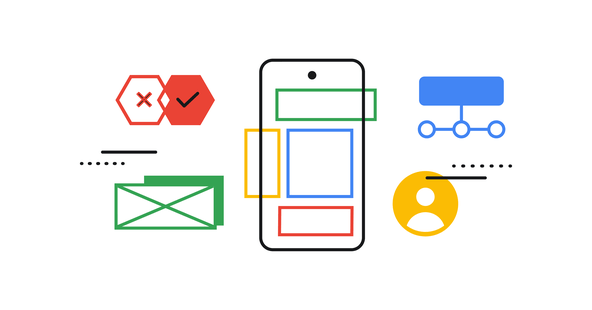
The Significance of UX Design Workflow in Modern Digital Products
The UX design workflow plays a crucial role in shaping modern digital products, impacting user satisfaction and the overall success of a product.
1. Historical Overview
The evolution of UX design started with its inception in the 1990s. The field was born out of a need for more user-friendly interfaces as digital technology began taking center stage.
From simple layouts to complex navigation systems, designers have had to adapt. In the early days, designs were about making software usable; today, they provide experiences that engage and delight users.
Digital tools such as PDF conversion came into existence much later but became indispensable due to their ability to simplify collaboration and streamline workflows.
2. Impact on User Satisfaction

User satisfaction takes center stage in any UX design process. As designers, we must understand that a user-friendly interface impacts how users interact with our digital products.
It’s instrumental in determining whether they have a positive or negative experience. Users who find it easy to navigate a website are more satisfied and likely to return, thus optimizing the conversation rate.
On the other hand, complex designs can lead to user frustration, hindering our efforts in optimizing UX design workflow.
Every change we make based on usability refines the user’s journey through our product, achieving greater eCommerce store optimization and improving customer retention rates over time.
FURTHER READING: |
| 1. How Are UX Design Agencies Transforming the World of Design? |
| 2. 8 Key UI/UX Paradigms Redefining User Experience This Year |
Leveraging PDF Conversion Tools for Design Collaboration
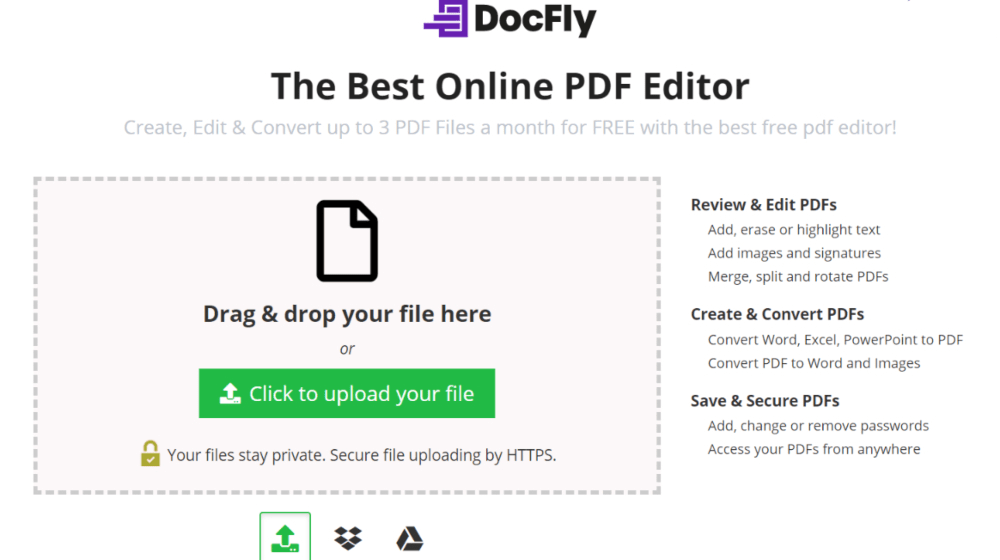
The potential of PDF conversion tools to enhance design collaboration is immense.
- These tools simplify the sharing and reviewing process among UX designers.
- They make it easy to transform designs into universally compatible PDFs.
- Team members can annotate the PDFs directly, accelerating the feedback loop.
- We can digitize sketches and wireframes using PDF conversion tools for easy distribution.
- With these tools, there’s no need for physical presence; virtual design collaboration becomes feasible.
- AB testing becomes more streamlined as variations can be converted and compared easily in PDF format.
- We eliminate obstacles in the design-to-engineering handoff process by converting design files into a familiar and accessible format.
Enhancing Design Prototyping With PDF Conversion
Streamlining the prototyping process becomes effortless with PDF conversion tools, allowing designers to gather feedback for better collaboration and a smoother feedback loop.
1. Streamlining Prototyping Process
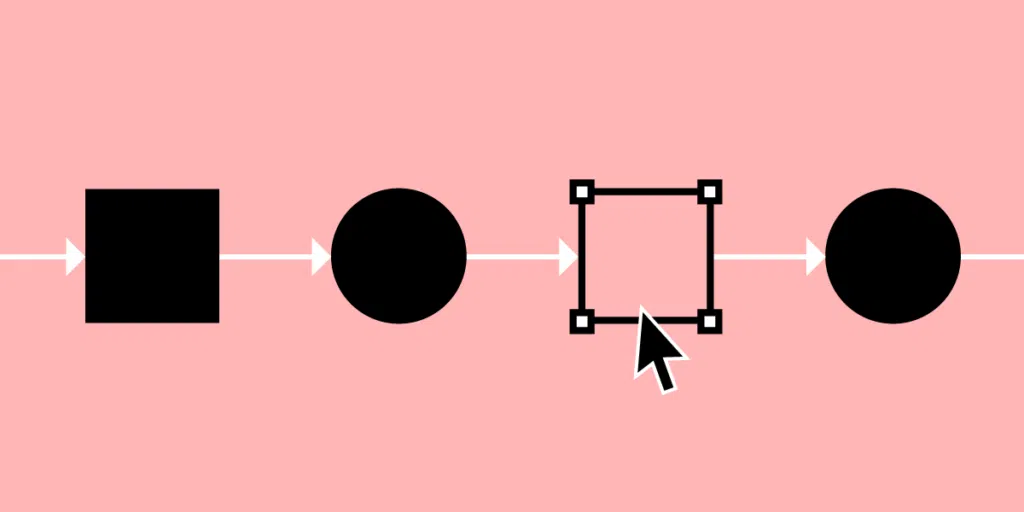
Streamlining the prototyping process can improve the efficiency of the UX design workflow.
Here are some techniques and tools that you can use:
- Use wireframing tools like Figma or Sketch to create low-fidelity prototypes quickly.
- Incorporate user feedback early on to make iterative improvements.
- Utilize collaborative platforms such as InVision or Marvel for team collaboration and feedback.
- Use interactive prototyping tools like Axure or Adobe XD to create realistic user experiences.
- Implement usability testing to validate the effectiveness of your prototypes.
- Use version control systems like Git to manage changes and track progress.
- Leverage design systems and component libraries for consistent and efficient prototyping.
2. Collaboration and Feedback Loop
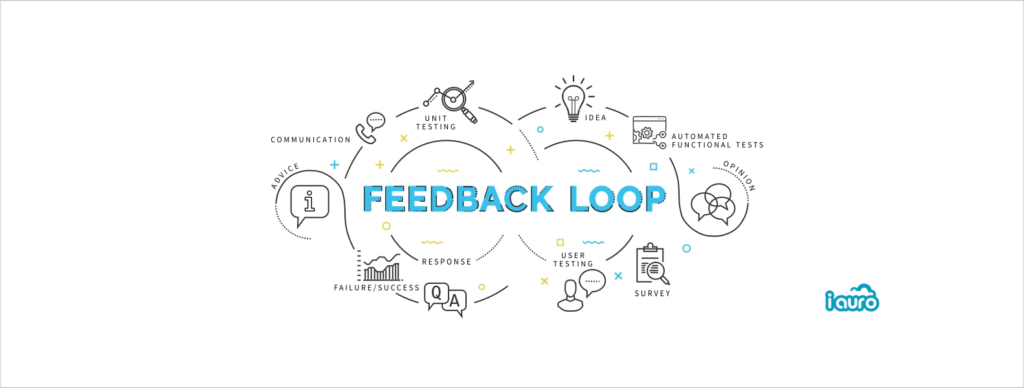
Collaboration and feedback play a crucial role in optimizing the UX design workflow.
Here are some ways PDF conversion tools can enhance collaboration and streamline the feedback loop:
1. Real-Time Collaboration
PDF conversion tools allow designers, marketers, and researchers to collaborate on design projects. This real-time collaboration promotes efficient communication.
2. Easy Sharing and Commenting
With PDF conversion tools, designers can share their prototypes, wireframes, and designs with team members for feedback. These tools often include commenting features to provide detailed design feedback.
3. Version Control
PDF conversion tools help maintain version control by keeping track of changes made during the collaboration process. Eliminate confusion and allow team members to refer to previous versions if needed.
4. Client Collaboration
PDF conversion tools also facilitate collaboration with clients or external stakeholders needing specialized design software access. By converting designs into PDF format, designers can share work with clients for review and feedback.
5. Iterative Improvement
The feedback loop is essential for continuous improvement in UX design. PDF conversion tools make it easy to gather feedback from stakeholders, analyze it, and make improvements to the design based on the insights.
6. Streamlined Approval Process
PDF conversion tools simplify the approval process by providing a clear visual representation of the design. Stakeholders can review the design in its intended format and provide their approval or request further changes.
7. Documentation Feedback
PDF conversion tools allow designers to document all feedback received throughout the collaboration process. It’s a reference point for future iterations and ensures no valuable insights are lost.
Integrating PDF Conversion Into Design Tools
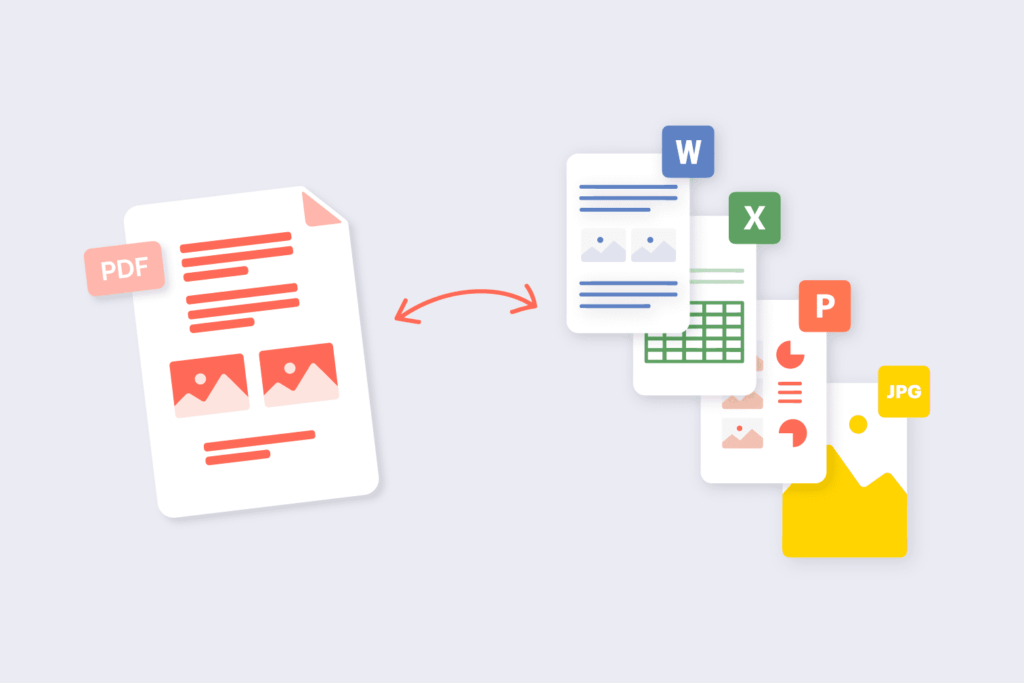
Integrating PDF conversion into design tools offers several benefits for UX designers and other stakeholders involved in the design process.
1. Seamless Collaboration
With PDF conversion, designers can easily share their designs with team members and stakeholders, streamlining the feedback and revision process and ensuring a smooth collaboration.
2. Efficient Prototyping
Designers can use PDF conversion tools to convert designs into interactive prototypes that resemble the final product, allowing for more accurate user testing and feedback gathering.
3. Simplified Handoff
By integrating PDF conversion into design tools, designers can generate specifications that make the handoff easier for developers. It encounters and reduces common conversion errors, ensuring a more accurate implementation of the design.
4. Enhanced Communication
Designers can use PDF conversions to create visually engaging presentations or reports for clients or management teams, which helps communicate design concepts effectively and gain buy-in from stakeholders.
5. Improved Version Control
By converting designs into PDFs, designers can maintain a clear version history and easily compare different iterations of their work.
Optimizing User Documentation With PDF Conversion
Optimizing user documentation is crucial for ensuring users have a seamless experience with your product or service. With PDF conversion tools, you can take your user documentation to the next level.
Converting your documents into PDF format makes them accessible across different devices and platforms. Additionally, PDF conversion tools provide features like hyperlinks and bookmarks that enhance navigation. Users can click hyperlinks to access information or jump to a specific document section.
With optimized user documentation through PDF conversion, you can empower your users with clear instructions, troubleshooting guides, or tutorials.
